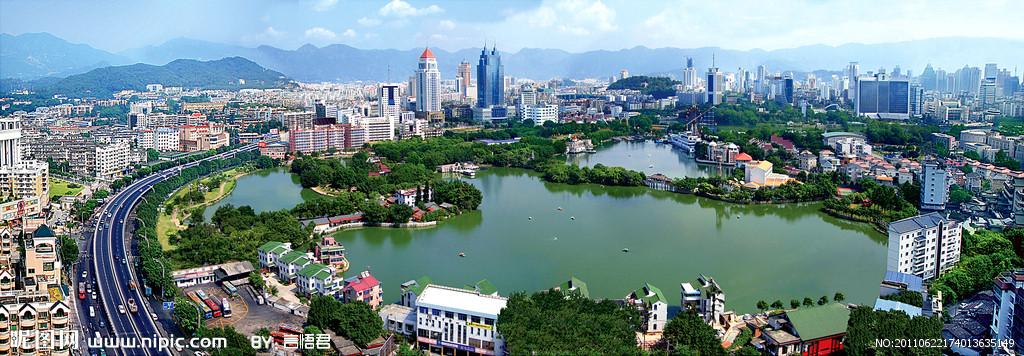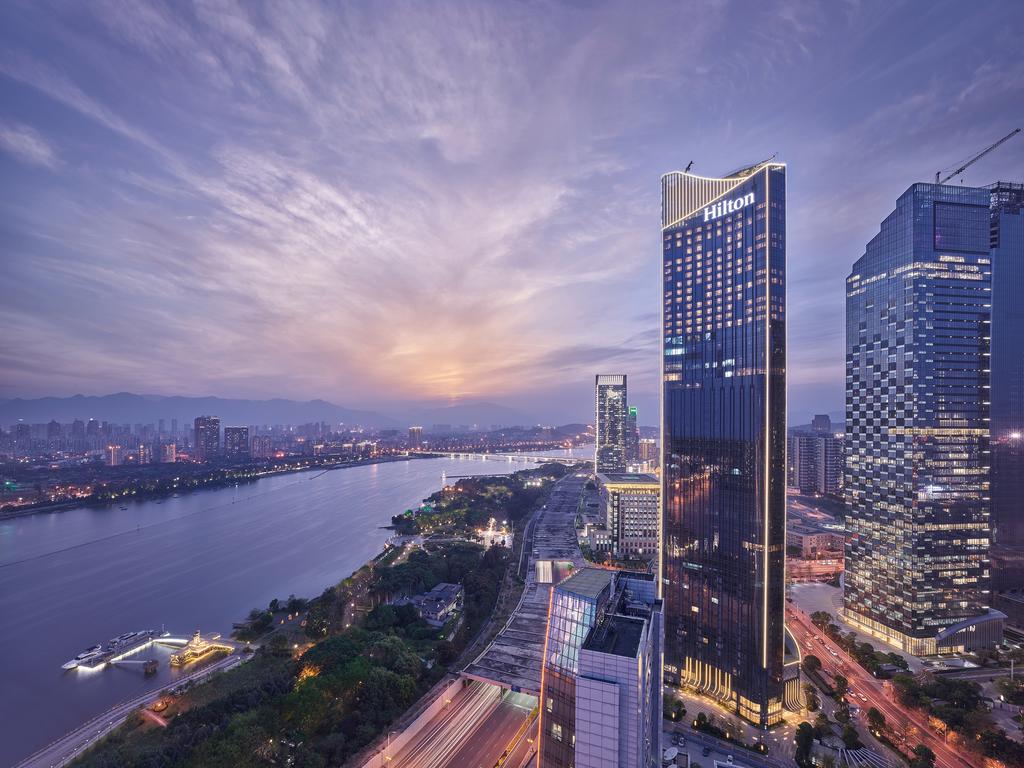About

Fuzhou, the capital of southeast province of Fujian, also referred to as Rongcheng (city of Banyang trees), is an important southeast coastal city faces East China Sea as well as a nearest capital city of the country faces the island of Taiwan. Located in the downstream of Min River, Fuzhou is adjacent to Ningde City, Nanping City, Sanming City and Putian City. The city is heavily populated by Han people, who live harmony with over 20 ethnic minorities of Manchu, Miao, Hui, and so on. Just as its Chinese name Fu (福) implies, it is a city full of good fortunes (Fu). Fuzhou is one of the first open coastal cities in China. Mawei Fuzhou, the cradle of the modern Chinese Navy, has cultivated Chinese shipping culture. It is both a historic and a cultural city with over two-thousand-year of history. Such historical sites as Sanfang Qixiang, Fujian Tulou and Mount Wuyi combining natural scenery and tea culture are waiting for you to explore.
Attractions
Sanfang Qixiang is the only remaining old quarter of Fuzhou. Preserving over 200 ancient folk houses mainly from the Ming and Qing dynasties, it is reputed as the “Architecture Museum of the Ming and Qing Dynasties”. Since its construction in the Jin Dynasty, a great many of scholars have lived here. Therefore, Sanfang Qixiang is also known as the origin of history and culture of Fuzhou. Sanfang Qixiang consists of three lanes, seven alleys and an axis street named Nanhou Street. The three lanes including Yijin Lane, Wenru Lane and Guanglu Lane are to the west of Nanhou Street. The seven alleys are located to the east of Nanhou Street, which are Yangqiao Alley, Langguan Alley, Ta Alley, Huang Alley, Anmin Alley, Gong Alley and Jibi Alley.

With a main peak of 925 meters above sea level and a total area of 48 square kilometers, Drum Hill or Mount Gu is the most famous beauty spot in Fuzhou City. Listed into the national scenic spots in China, Drum Hill features numerous historical sites and attractive natural beauties. Apart from the central site of Yongquan Temple, there are over 20 scenes in the east part of the hill, dozens of spots in the west, over 50 in the south and 45 in the north. Most of the scenic spots are rocks in diverse postures which are the results of long-tem denudation, weathering, collapse and accumulation in the historical development. Besides, many inscriptions on precipices left in past dynasties are also the highlights in the hill.
Cuisine
Fuzhou dishes are representative of the Min (which is short for Fujian Province) Cuisine that is very much a feature of Fujian Province and is one of the Eight Major Cuisines of China . One of the most renowned Fuzhou dishes is Fotiaoqiang (Buddha Jumps Over the wall). With more than 100 year's history, it is a traditional Min Cuisine recipe. It is said to have been created by the wife of a Fuzhou official, who in 1876 was entertaining an important member of the Fujian Government in his home. His wife, who was an excellent cook placed chicken, duck, pork and seafood together into an empty wine jar to simmer following a recipe which was known at the time as 'Full of Blessing and Longevity'. When the dish was served, the visitor praised the aroma and the delicious flavor and was so impressed that when he returned home he asked the cook – Zheng Chunfa to learn how the wife of his host had prepared the food. Subsequently, Zheng Chunfa adapted the recipe making it yet more fulsome and on the strength of his creation opened a restaurant named Juchunyuan where he served it to the delight of his customers. One day several talented writers to the restaurant and were served with Zheng Chunfa's special version of 'Full of Blessing and Longevity'. When he opened the jar in which it had been cooked, the diners were so taken with the gorgeous smell that one of them wrote a poem about it. In it he said that the smell was so wonderful that even a Buddha would stop pattering and jump over the wall to have a taste. Hence the name 'Buddha Jumps over the Wall'. Simmered in a Shaoxing wine jar using more than twenty ingredients including fish, sea cucumber, chicken, pork and mutton, dried scallop, sea-ear, needle of bamboo shoot and pigeon egg, this traditional dish is widely renowned overseas and is considered the top dish among those of the Min Cuisine.